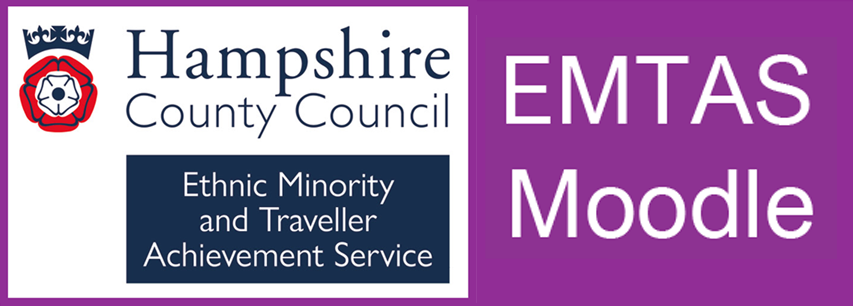Blog entry by Astrid Dinneen
Written by Sarah Coles, Hampshire EMTAS Deputy Team Leader
![Alexander Bassano [Public domain], via Wikimedia Commons](https://upload.wikimedia.org/wikipedia/commons/thumb/e/e3/Queen_Victoria_by_Bassano.jpg/256px-Queen_Victoria_by_Bassano.jpg)
Alexander Bassano [Public domain], via Wikimedia Commons
In the Spring 2018 edition of History Matters, a Hampshire Inspection and Advisory Service publication, a Primary Practitioner said of the subject, “…history is exciting to children when they feel immersed in their learning. The more they see the relevance history has to them, the more excited and interested they will be.” History teaching can, and should, help children see the links that exist between their cultures, traditions and religions and the present day and in order to achieve this, the history curriculum in primary phase is often worked into topics. Lots of schools include a focus on The Victorians. 20 years ago, I taught it in Year 5. More recently, I observed the topic being delivered in a school that had been experiencing a rise in its pupil diversity.
I was not surprised, on walking into the Year 4 classroom at the beginning of this topic, to see a display about The Victorians on the wall. What did cause me to do a double-take was the choice of noteworthy Victorians portrayed therein: Queen Victoria (of course), Darwin, Alexander Graham Bell, Robert Louis Stevenson, and Florence Nightingale. What the display said to me was that the Victorian era had happened in a hermetically sealed capsule, with nothing of value contributed to human civilisation by anyone who wasn’t white or British or male, preferably all three.
Whose history was this that the children were learning about? A balanced, world view of the nineteenth century it most certainly was not. Then I started to wonder how the child from Poland, about whose progress I had come in to advise, would be enabled to make links with his own culture and heritage through this version of history. Would it help him better understand the lasting value of contributions to literature from Poles such as Józef Korzeniowski, better known by his pen name, Joseph Conrad? Or to medicine by Marie Skłodowska Curie, a Polish and naturalised-French physicist and chemist who conducted pioneering research on radioactivity. She was the first woman to win a Nobel Prize, the first person and only woman to win this coveted and prestigious award twice. But she didn’t feature on the display either.
Also notable by her absence was Mary Seacole and for me, there was no excuse for this as there are plenty of resources to support teaching about this Jamaican woman’s role in the Crimean war and her contributions to nursing. I wondered if she would still be skipping class the following year, when a couple of children of black Caribbean heritage would be learning about the (white British) Victorians. Of course, she is not the only black person who made a contribution to society during the Victorian era. Less well-known but just as important is the work of Lewis Latimer, the only black member of the Edison Pioneers, who developed the little filament in light bulbs to make it last long enough for the electric light to rapidly replace gas lighting in our homes, streets and workplaces. Or Elijah McCoy, most famous for developing lubrication systems for steam engines.
If education is really to prepare children for life in an increasingly diverse society, we are going to have to relinquish the Anglo-centric view of history that formed the diet of my own history lessons back in the 70s and 80s in favour of approaches that better represent the pupils in front of us and the communities that surround and feed our schools today. Hampshire teachers are fortunate indeed to be able to access the Rights and Diversity Education (RADE) Centre, which is situated right next door to the History Centre. Both centres contain a wealth of resources to help teachers diversify the teaching and learning experiences of Hampshire’s schools. Back to ‘History Matters’, the article to read is ‘Teaching forgotten history: the SS Mendi’, about a ship that sank off the coast of the Isle of Wight on Wednesday 21 February 1917 after colliding with another ship, blinded by thick fog. Nearly 650 people lost their lives in the tragedy, many of them black South Africans from the South African Labour Corps. Now there’s something new to find out about, and a way in which we can raise awareness of the multiplicity of histories that are interwoven into all our cultural pasts.
